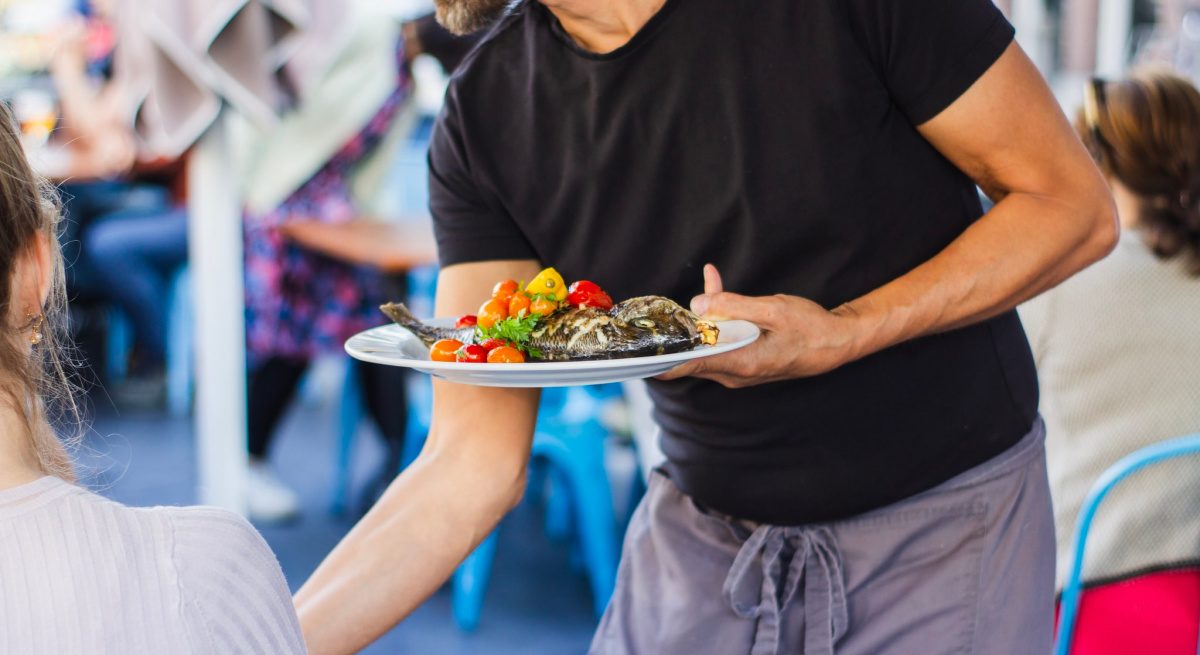Three Changes for Restaurants as they Adjust their Business Model
3 Min Read By Brian Powers
Restaurants are facing a major shift in the way they conduct business during this COVID-19 era. Typically an on-premise industry, restaurants must now adapt to ways of doing business that are off-premise, yet meet the high demands of being essential (or essential adjacent). This presents unique challenges to the industry as a whole, which has to up the ante on its overall safety and efficiency.
The challenges the restaurant industry faces are multilayered. Not only do restaurants need to change their service model from dine-in to take out and/or delivery, but they also need to hire more employees or contractors to meet the changing needs of the business.
Even more, these processes are traditionally conducted in person using pen and paper and take some time to complete, which doesn’t work well for the remote yet fast-paced needs of the restaurant industry during this pandemic. They must do all this while ensuring the health and safety of their workforce and customers.
Here are three solutions to the challenges that restaurants might face when changing their business model during COVID-19:
Symptom Screening
Essential businesses don’t have the option to work from home, and most if not all its personnel are essential. Now more than ever, restaurants have to ensure the health of their workforce; they can do this by screening employees for symptoms at the beginning of each shift.
Consider making them fill out a mobile-friendly screening form in which they will report whether they have symptoms like fever and trouble breathing. It might also be useful to create a policy acknowledgment form, for which you will collect consent, and which will be saved alongside the symptom screening for HR.
Self-Service Employee Onboarding
On the one hand, you might be in need of more employees or extra contractors. On the other hand, pre-COVID hiring and onboarding in restaurants depended on pen and paperwork, and usually, in-person meetings or interviews. However, with social distancing mandates in effect, in-person hiring and onboarding is no longer feasible.
With more employees/contractors to onboard, and with the growing need to do it quickly and remotely, restaurants can automate the process, and they can do this most effectively with self-service contracts. This way, restaurant owners and/or admin will only have to create the content for the contract once and publish it once in a portal that employees can access. They can also automate sending the agreement to HR for compliance reasons. Note that the contract for contractors may be different from those for employees; be sure that you follow your state laws where this is concerned.
A Legal Center for Policy Updates
As you continue to create more policies for employees and contractors to adhere to during a time of COVID-19, you will need a way to effectively communicate them to your workers. Instead of emailing policies one a one-off, consider using a legal center to house all your new and returning policies – like screening form and policy, modified work schedules, a general policy covering hygiene, etc – for employees to access centrally.
Most importantly, be prepared to communicate essential changes to your employees and contractors. To continue operating effectively and manage the health and safety of your workforce, screen employees for symptoms daily, and use self-service to hire and onboard new employees or contractors quickly.
Although this is, in general, a terrible time globally, restaurants can continue to serve customers and prepare to thrive in a post-COVID world by embracing technology and processes that help them move fast while staying efficient. Seamless contract solutions can help make that happen.


